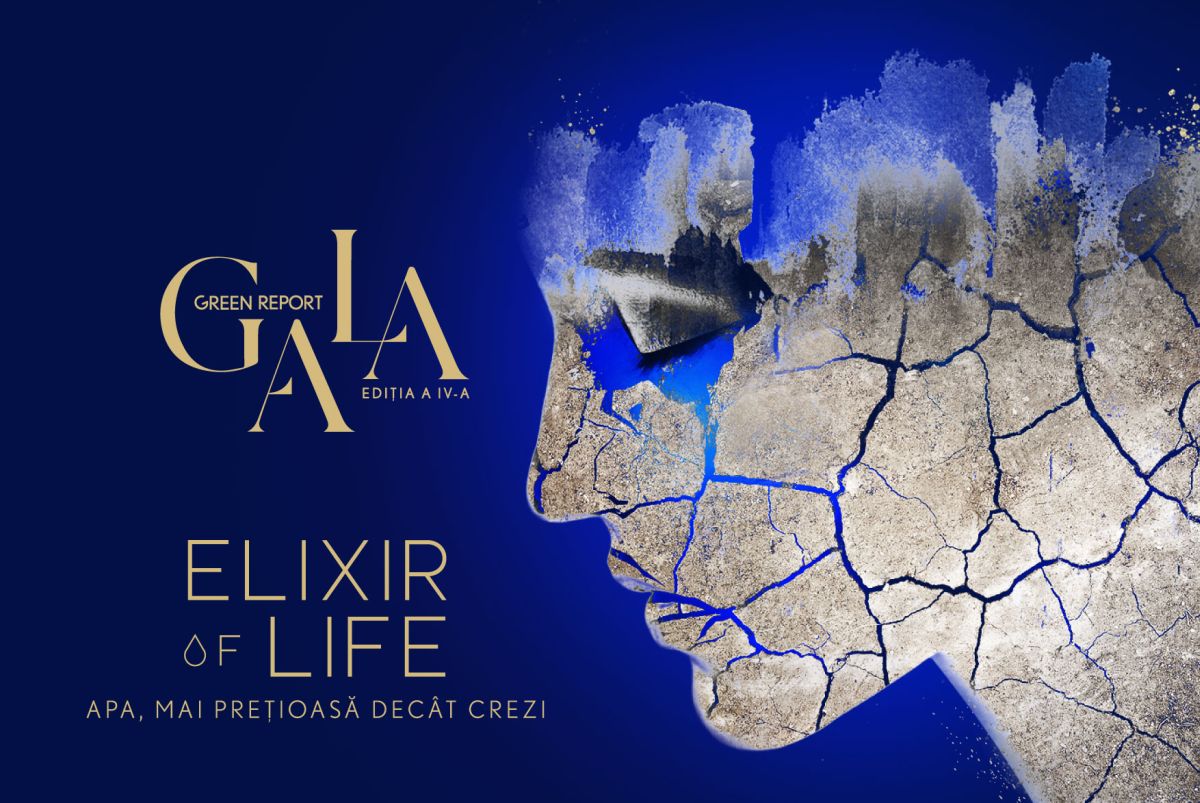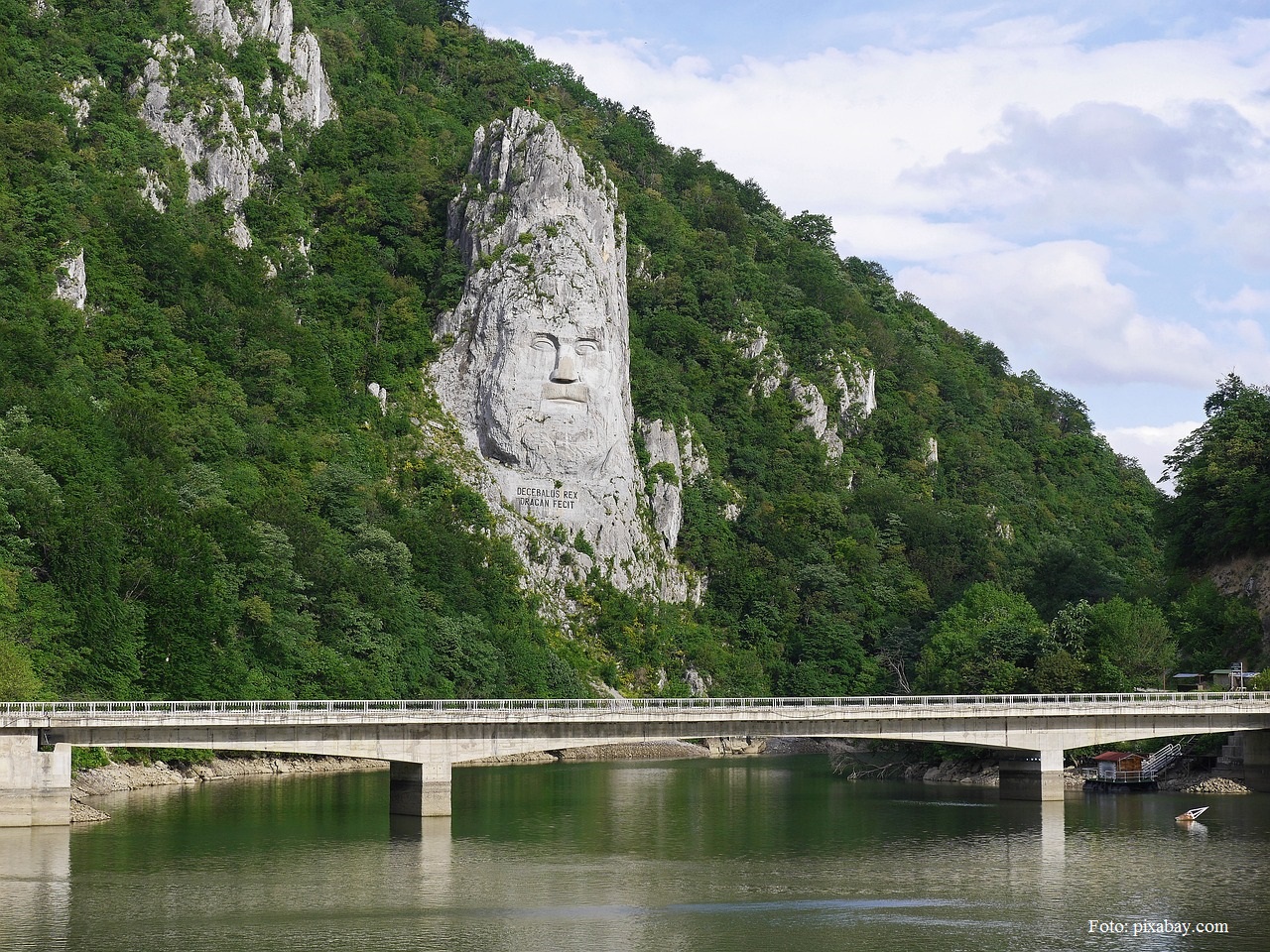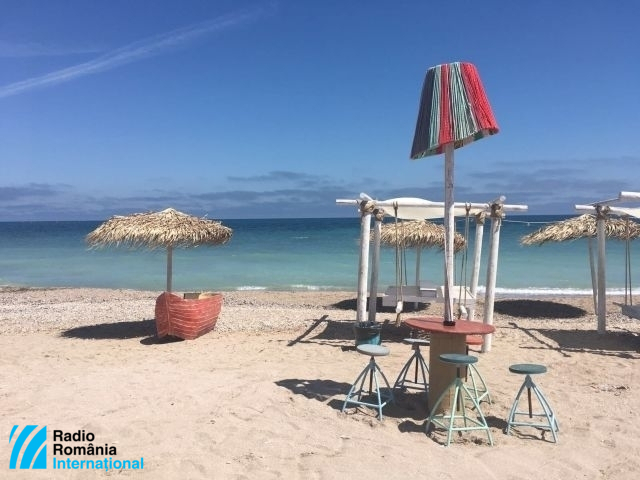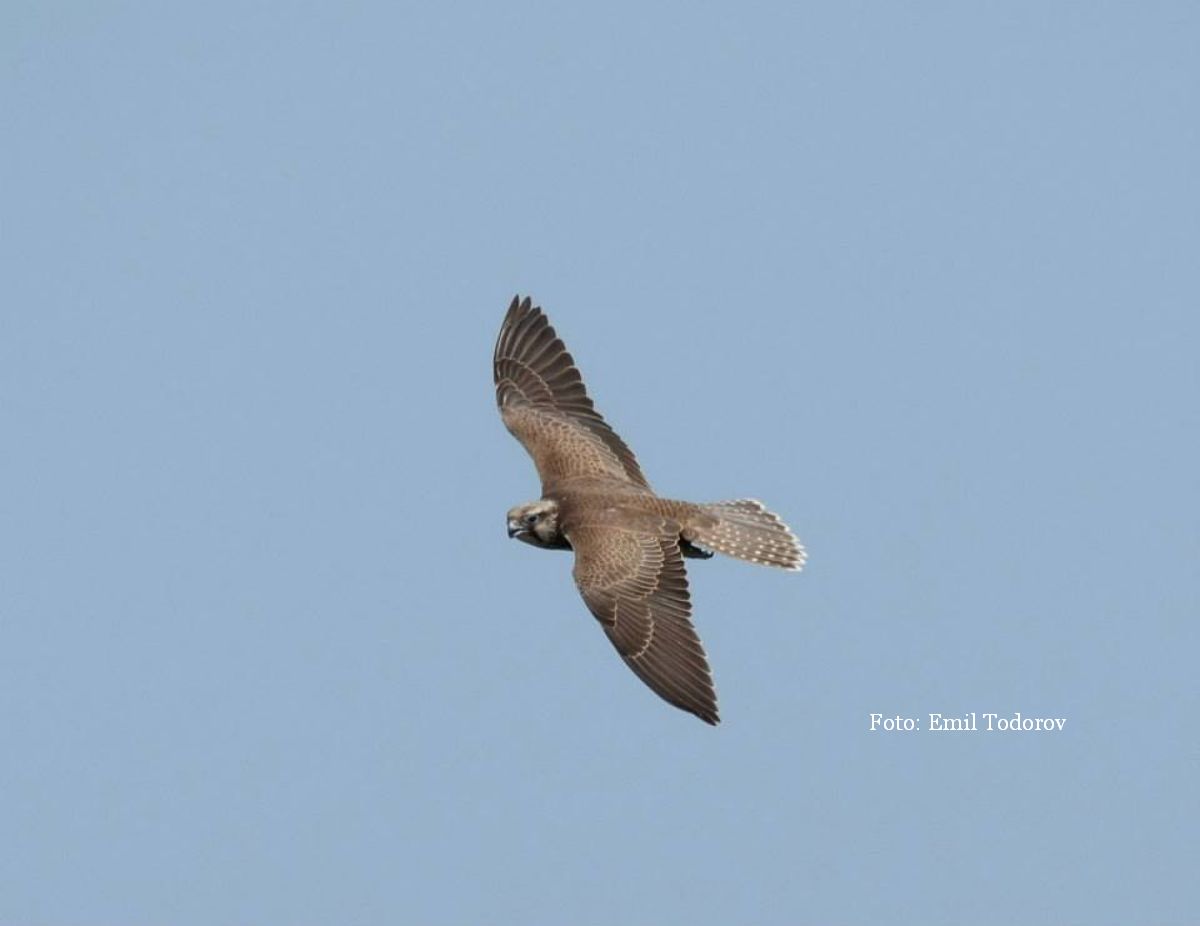Protecting Romania’s Virgin Forests
Romania still boasts large areas of virgin forests. These untapped woodlands are abounding in local species of trees of various kinds.

Ștefan Baciu, 27.01.2017, 13:38
Romania still boasts large areas of virgin forests. These untapped woodlands are abounding in local species of trees of various kinds. Some of these century-old trees often turn into timber and subsequently integrate in nature’s life circuit. Nobody is hunting in these forests; no one is picking forest fruit or other plants here. Romania also has forests that have seen very little human intervention and they have regenerated quickly. Until recently, 80% of Romania’s forests were untapped territories, but now only two thirds of these forests are virgin or quasi-virgin. Even so, Romania boasts the largest surface of virgin forests in Europe. Some of these forests are located in the Nerei Gorges, while Sinaia in southern Romania, is famous for its fir-tree and beech forests.
Well-preserved forests of beech, fir-tree, spruce and other species can be found in Bukovina, Slatioara, the Zarand Mountains and Cozia. Some of these forests have been nominated for the UNESCO heritage list. Here is Valentin Salageanu, a Greenpeace campaign coordinator: “A national survey conducted in 2005 showed that Romania had at the time around 218 thousand hectares of virgin forest, and the survey wasn’t even complete. In the decade that followed almost half of these forests were most likely destroyed. The saddest thing is that most of these forests were destroyed legally, given the fact that until 2012 there were no legal provisions for their protection. So a big part of these ecosystems were destroyed. However, a series of criteria and indicators were introduced in 2012 for these forests to be identified, but the protection measures were insufficient. So, forest destruction continued after 2012 in spite of their legal recognition. And here we are, in 2017, when the most optimist estimates made by environmental organisations, Greenpeace included, are speaking about 120 thousand hectares. So, half of these forests have been destroyed.”
In order to make sure these forests are protected in the long run, a National Catalogue of Virgin and Quasi-Virgin Forests will be created. For this to happen, several steps need to be taken first, says Valentin Salageanu: “The first thing that needs to be done is to improve the law passed in 2016, based on which a form of protection, namely the National Catalogue of Virgin and Quasi-Virgin Forests, is instated. There are certain obstacles in identifying and recognizing these forests, which often make the efforts of the green NGOs useless. A second thing that needs to be done is that the money from the Environment Fund, that is 2.5 million euros earmarked for the mapping and identification of these forests, should be allocated through public bid, so all forests can be identified and catalogued. The third thing that needs to be done, which is also very important, is that all people involved, representing the Waters and Forests Ministry, the National Forest Authority Romsilva as well as private owners and NGOs, should understand that cooperation and collaboration is badly needed, or we risk losing an entire heritage. And that would be a disaster, as such ecosystems, once destroyed, cannot be rebuilt.”
Most of these forests are private property, but also state property, so forest owners will be paid damages. Valentin Salageanu: “Some of the private owners have opposed the idea, as once the forests included in the National Catalogue of Virgin and Quasi-Virgin Forests, they can no longer be exploited for economic reasons. So private owners will not have any gains once their forests are catalogued. The European Commission however, took a decision last year that forest owners who lose potential gains should receive compensations. So the current government needs to implement this decision in order for private owners to receive compensations and for forests to be saved. Compensations stand at up to 500 euros per hectare per year.”
All forests in the Catalogue will be strictly protected and any works or human activities will be strictly forbidden. The only allowed activities will relate to research, education and visiting. Valentin Salageanu: “This Catalogue is in fact a data base, available to the public, providing information about these forests. Once included in the Catalogue, the status of these forest changes and the laws applying to the other forests no longer affect them. The virgin and quasi-virgin forests are registered in this catalogue hectare by hectare, with all the necessary details, such as location and name, in a GPS format. Over 13, 000 hectares have so far been included in the Catalogue. Then there is stage two, in which the 24 thousand hectares of intact beech forest, proposed to be included on UNESCO’s heritage list, should be reevaluated and included in the Catalogue, because they are also disappearing very quickly. Finally, the third stage is about mapping all virgin forests that Romania has left and that have not been identified yet.”
It is estimated that in one year, the National Catalogue of the Virgin and Quasi-Virgin Forests will be complete and posted on the website of the relevant ministry.






























